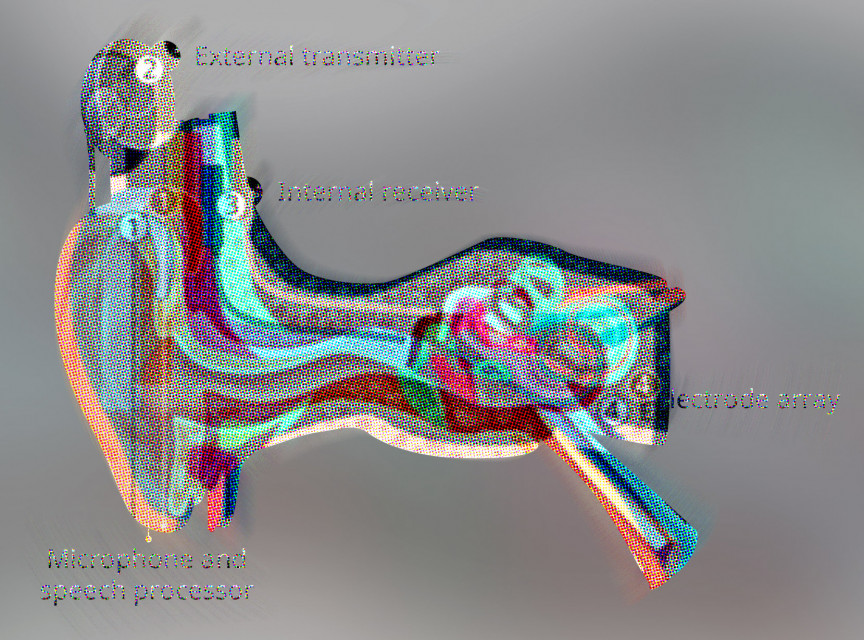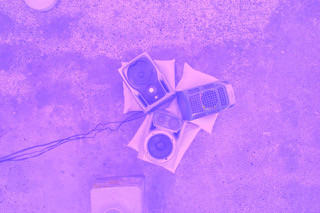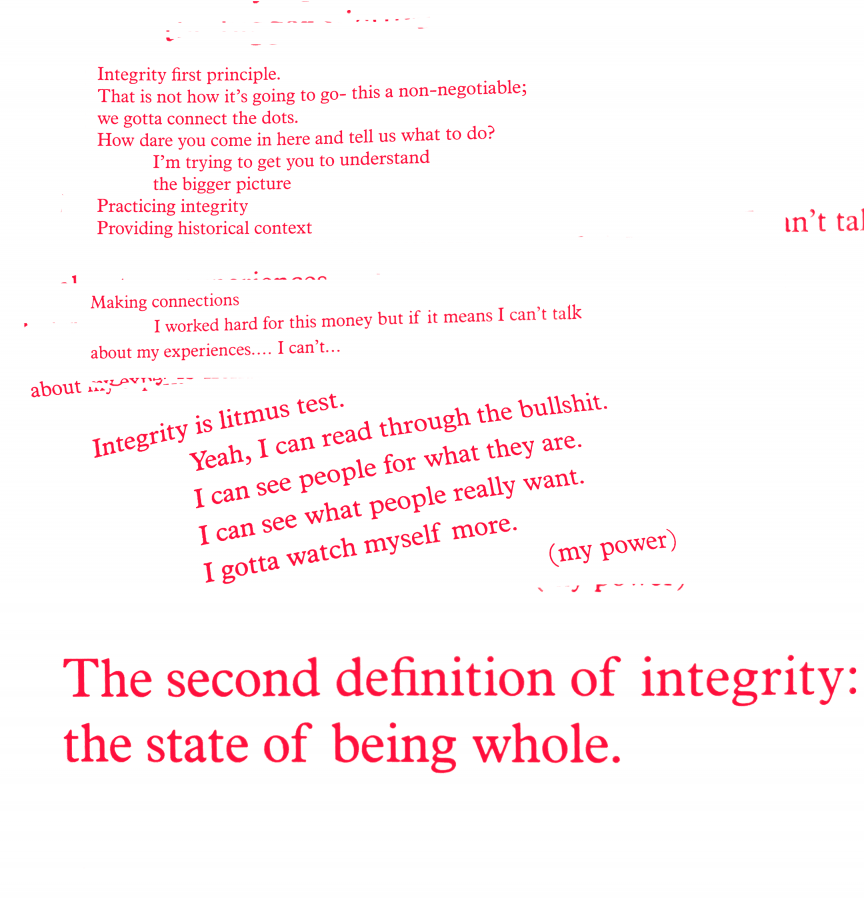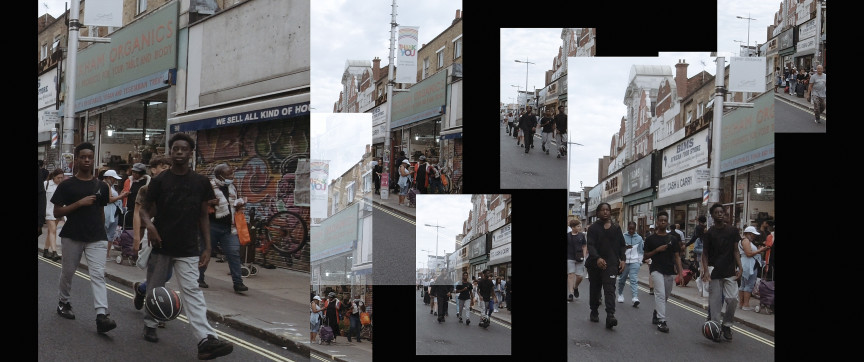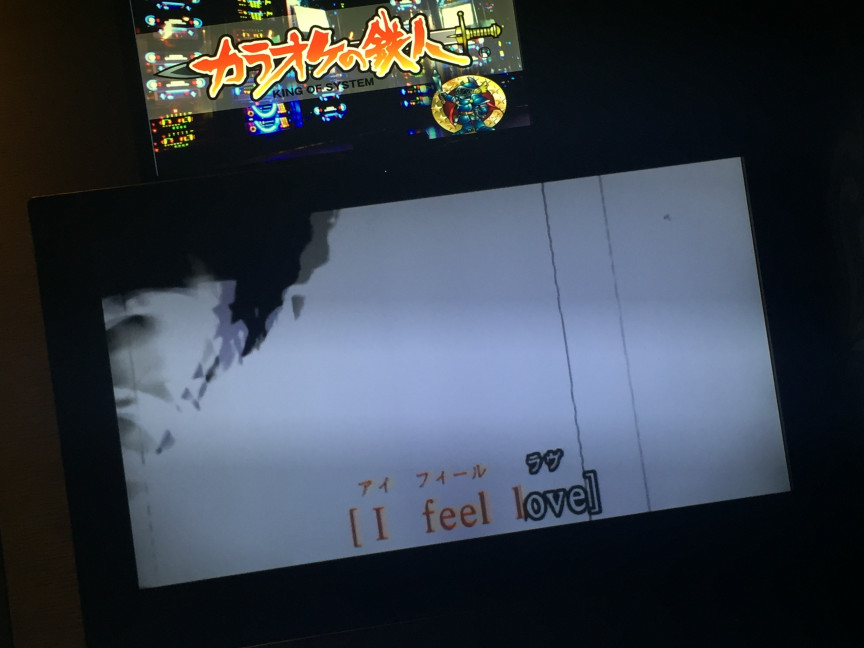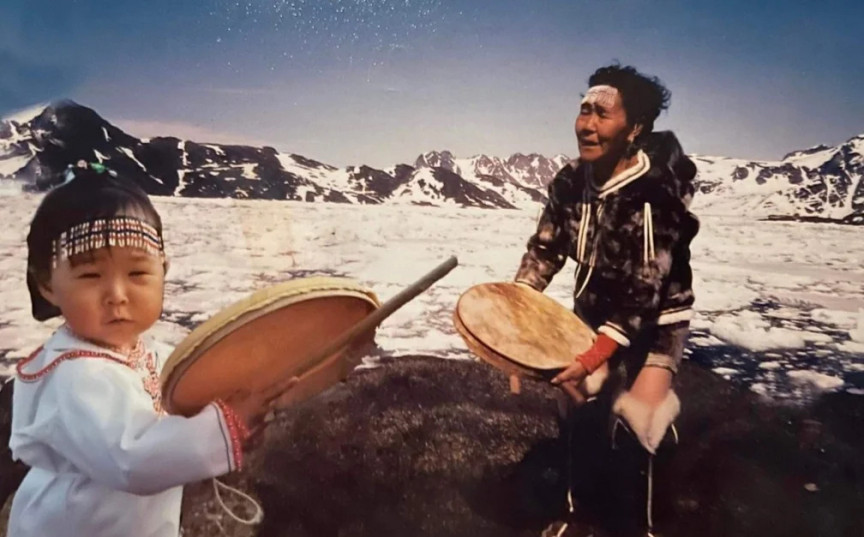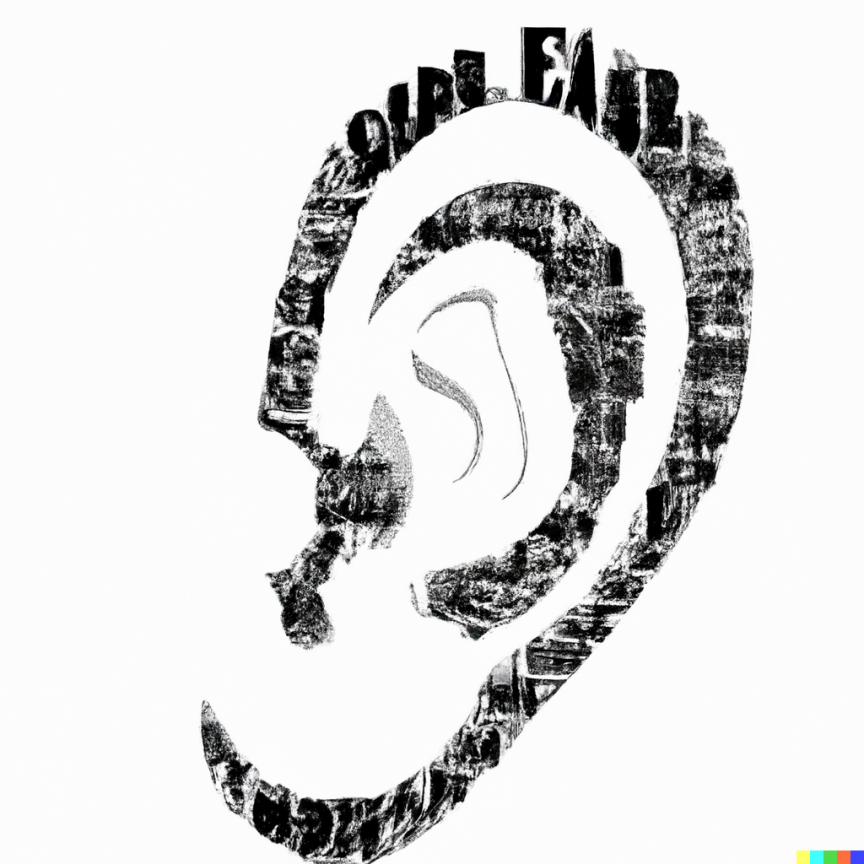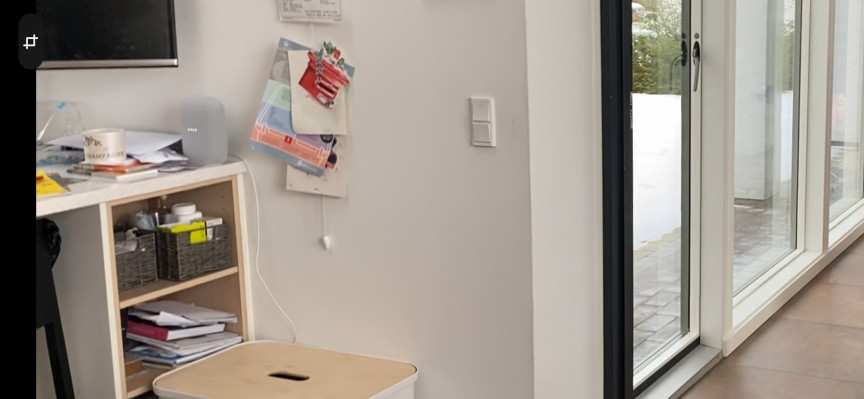Abstract
Kevin J Gordon1; Matthias Kispert 2, 3 Andile L Sibiya 4,5
1 Department of Music, College of Humanities, University of KwaZulu-Natal, Durban, South Africa;
2 Centre for Research and Education in Arts and Media (CREAM), University of Westminster, London, UK;
3 London College of Communication, University of the Arts London, London, UK.
4 Discipline of Otorhinolaryngology, School of Clinical Medicine, University of KwaZulu-Natal, Durban, South Africa;
5 KwaZulu-Natal Department of Health, South Africa
Operating rooms are typically noise filled environments, where polyrhythms and polyphonics of human and non-human sounds collide. In this paper the operating room soundscape is used for relational ethnographic exploration, framed in critical affect theory, and brings together insights from medical sociology and sound studies.
This paper is set in an operating theatre where cochlear implantation surgery is taking place. In the process of surgically enabling sound perception. Sounds within the operating room are found to have agency warranting conscious perception. Within the composition, we reflect on multiple interdependencies through sound, between individuals, teams, tools and machines. Through inclusion of human and non-human sounds we see chaos and conflict, independence and co-dependence, and ultimately collaboration in a shared goal of both human and non-human elements to achieve the best outcome for the patient asleep on the operating table.
In this paper sounds are intrinsic essential actors as sound perception is surgically restored. Sound is acknowledged in its action as a key component of the operating room team.
